Optimal Timing for Grease Trap Maintenance
Grease traps should be maintained regularly to ensure optimal performance and compliance with local regulations. The best time for servicing is before the trap becomes full or shows signs of clogging, typically every 3 to 6 months depending on usage. Proper timing prevents buildup, odors, and potential blockages in the plumbing system.
Regular inspections help identify grease accumulation early, reducing the risk of system failure.
Odors, slow drains, or visible grease on the surface indicate the trap needs servicing.
Many jurisdictions require grease trap maintenance at specified intervals to meet health codes.
High-traffic kitchens or foodservice establishments require more frequent maintenance.
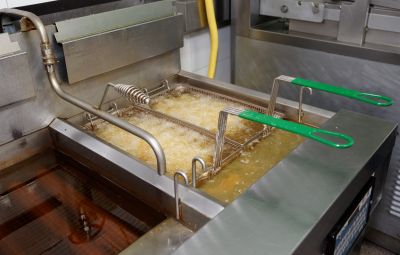
Ways to make Grease Trapses work in tight or awkward layouts.
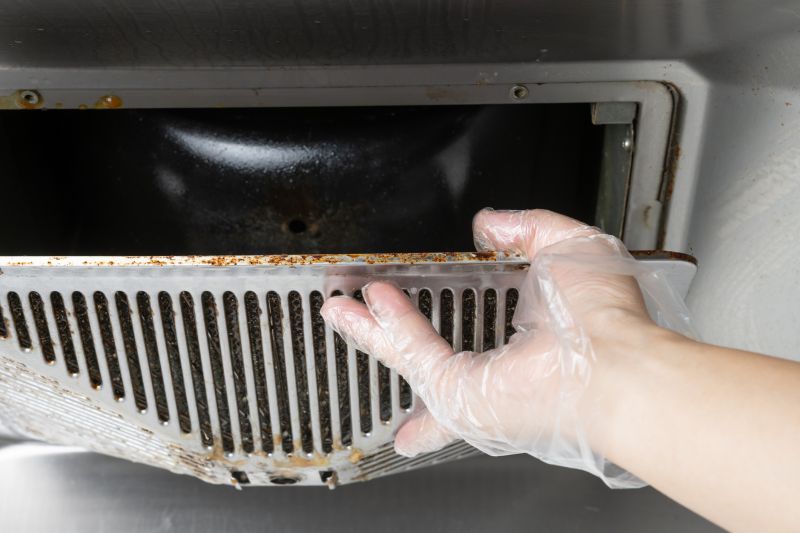
Popular materials for Grease Trapses and why they hold up over time.
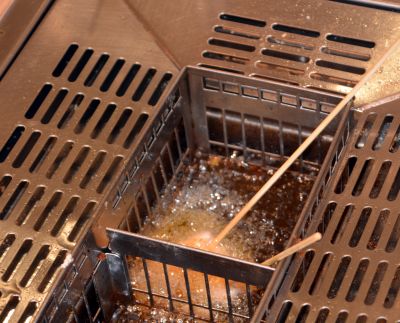
Simple add-ons that improve Grease Trapses without blowing the budget.
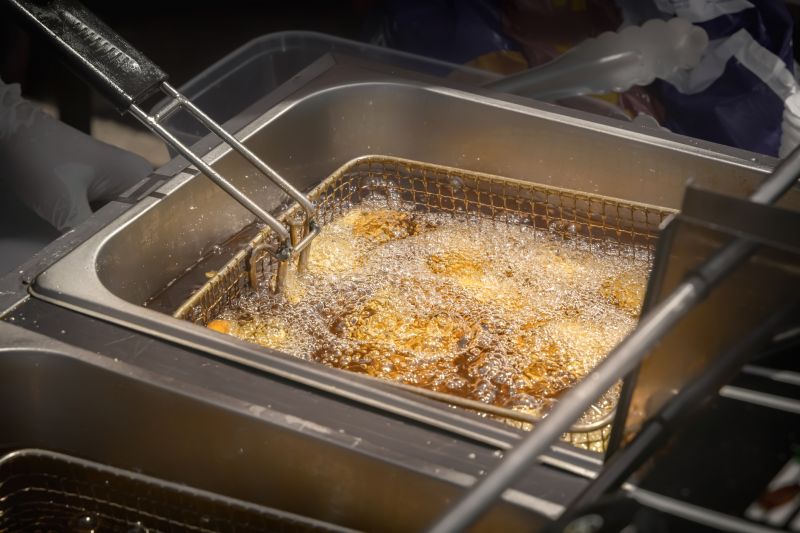
High-end options that actually feel worth it for Grease Trapses.

Finishes and colors that play nicely with Grease Trapses.
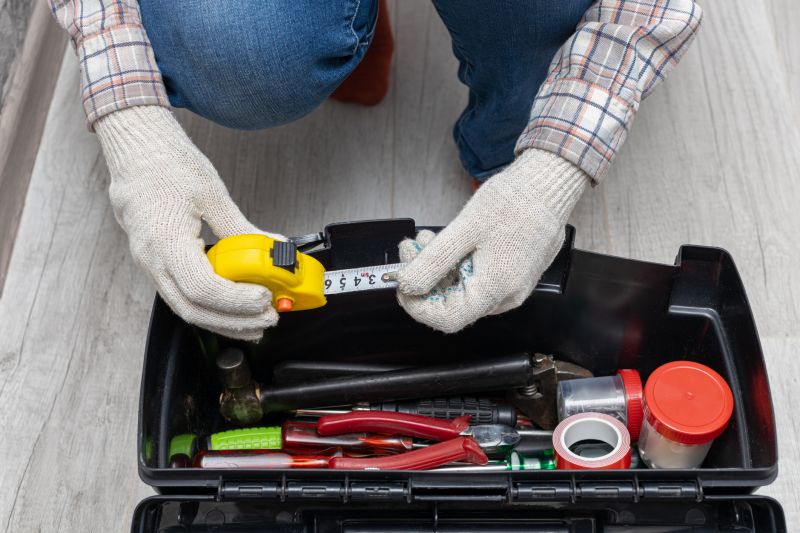
Little measurements that prevent headaches on Grease Trapses day.
Grease traps are essential components in commercial kitchens and foodservice operations. They prevent fats, oils, and grease from entering the plumbing system, which can cause blockages and environmental issues. Properly maintained grease traps improve sanitation, reduce plumbing costs, and help facilities comply with health and safety regulations. Studies show that regular maintenance can decrease the risk of costly repairs by up to 30%. Grease traps come in various sizes and designs, tailored to the needs of different establishments, from small restaurants to large industrial kitchens.
Effective grease trap management involves understanding the optimal timing for cleaning and inspection. Factors such as kitchen size, food preparation volume, and local regulations influence maintenance schedules. Implementing a proactive maintenance plan can extend the lifespan of the system, improve kitchen hygiene, and prevent foul odors. Additionally, monitoring grease levels and flow rates provides valuable data to determine the best servicing intervals.
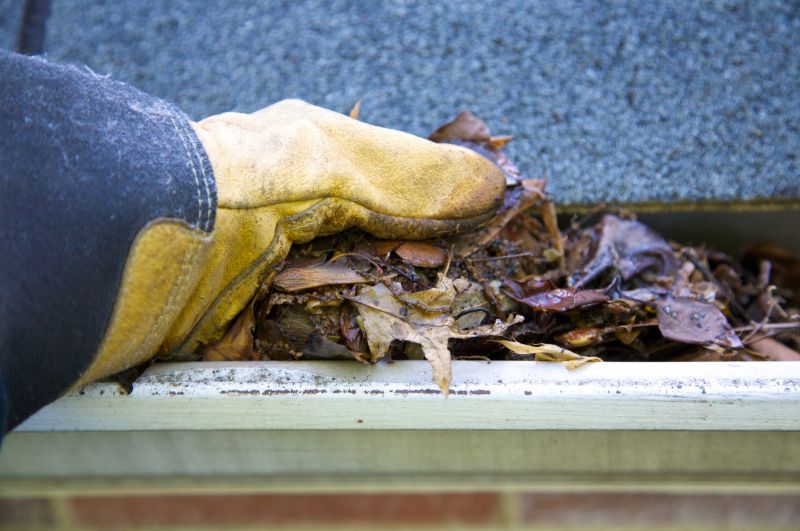
A 60-second routine that keeps Grease Trapses looking new.
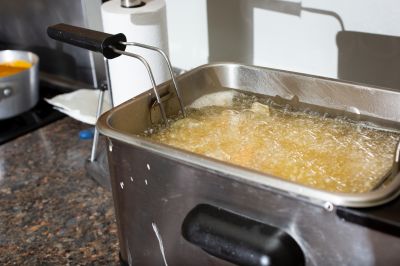
A frequent mistake in Grease Trapses and how to dodge it.
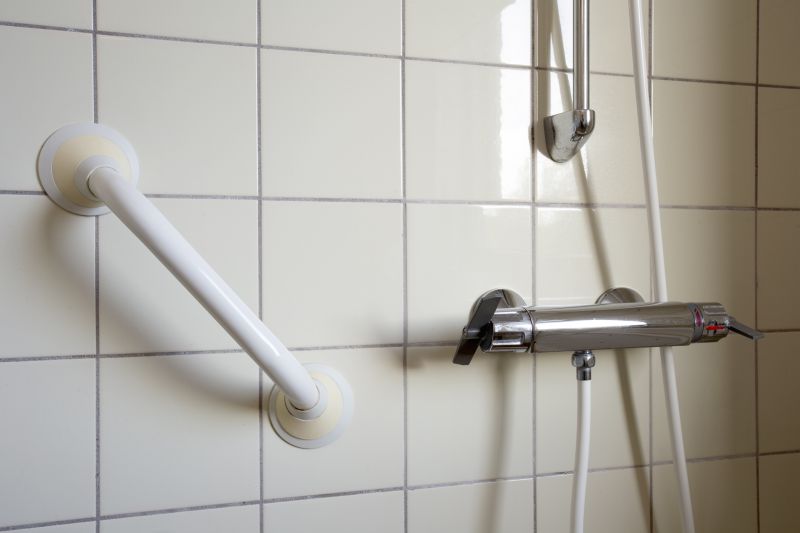
Small tweaks to make Grease Trapses safer and easier to use.
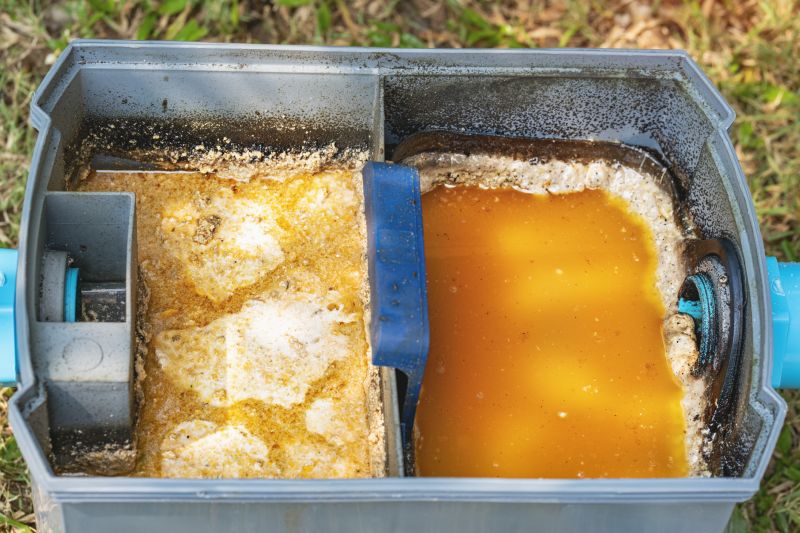
Lower-waste or water-saving choices for Grease Trapses.
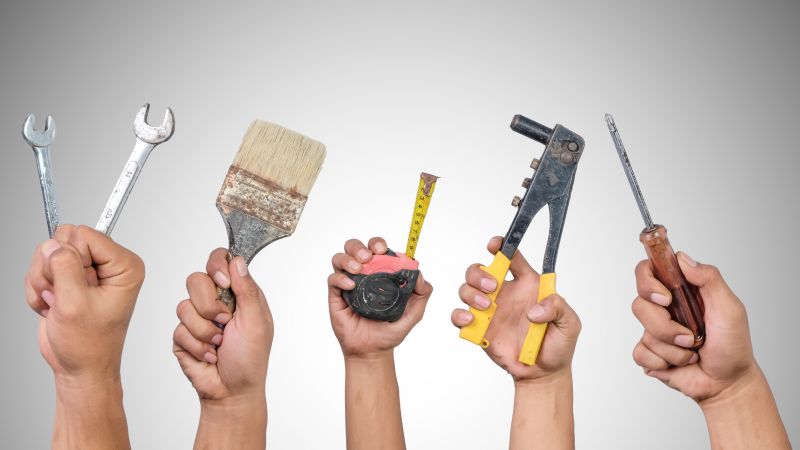
The short, realistic tool list for quality Grease Trapses.
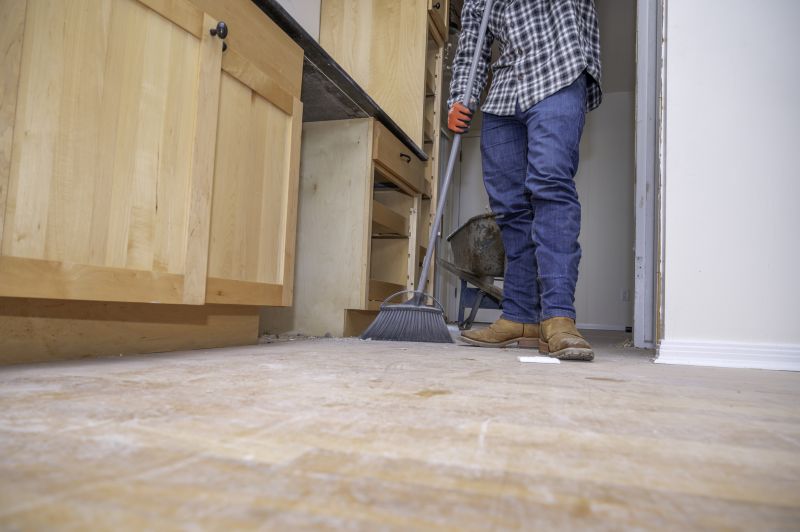
Rough timing from prep to clean-up for Grease Trapses.

Quick checks and paperwork to keep after Grease Trapses.
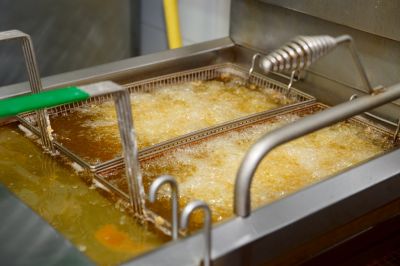
Examples that show the impact a good Grease Trapses can make.
| Maintenance Interval | Key Considerations |
|---|---|
| Every 3 months | High-volume kitchens require more frequent servicing. |
| Every 6 months | Standard establishments with moderate usage. |
| Before peak seasons | Prepare for increased food preparation periods. |
| As indicated by inspection | Based on signs of overfilling or odors. |
| Regulatory compliance schedules | Meet local health and safety requirements. |
| Post-installation check | Ensure proper setup and initial performance. |
